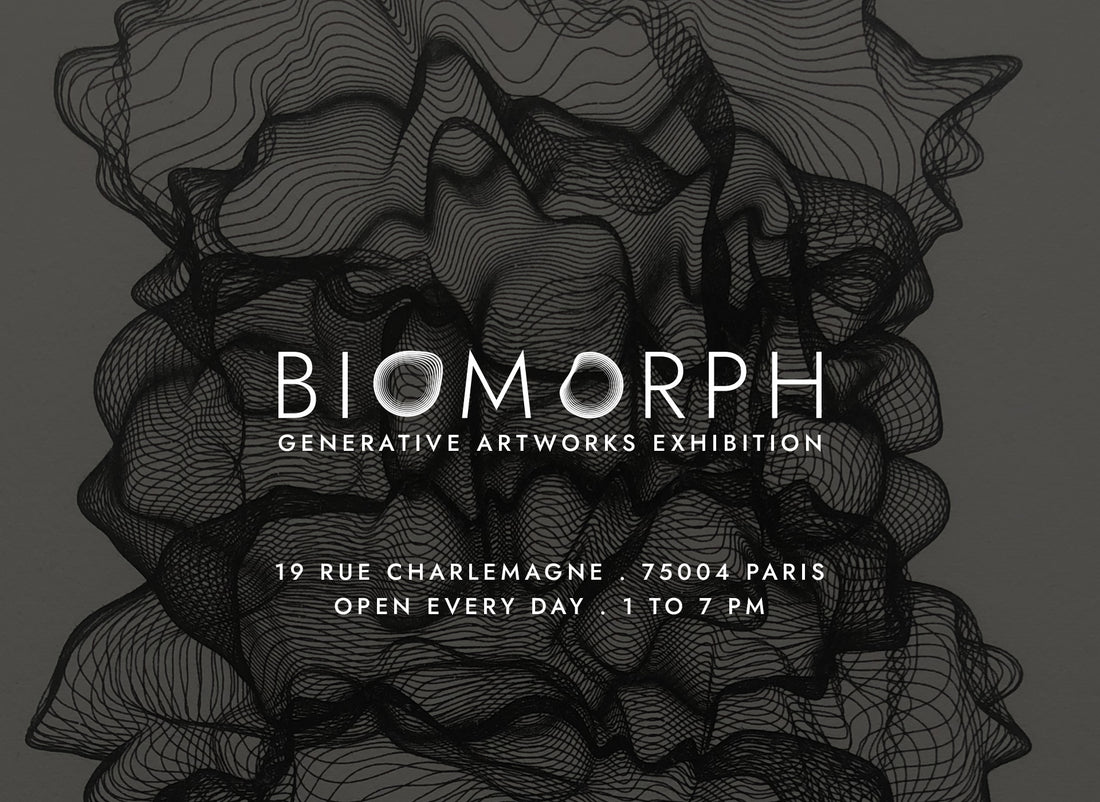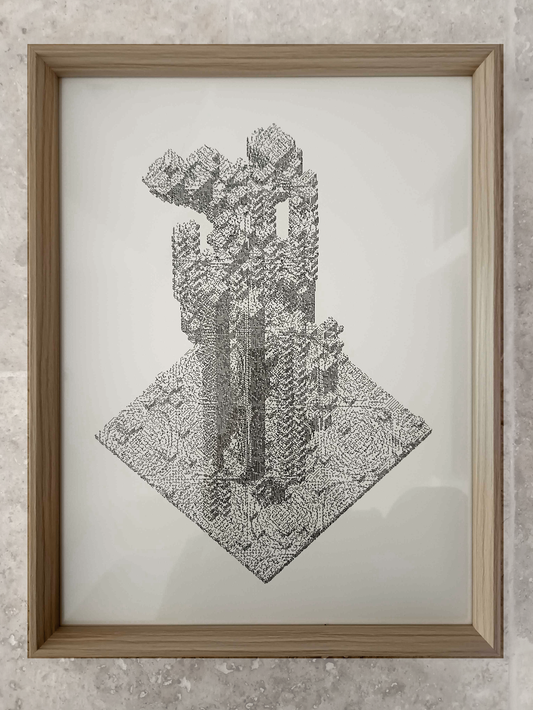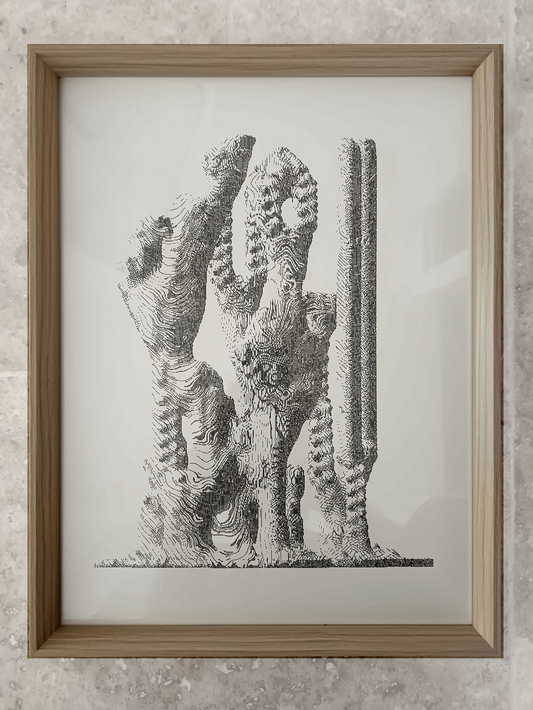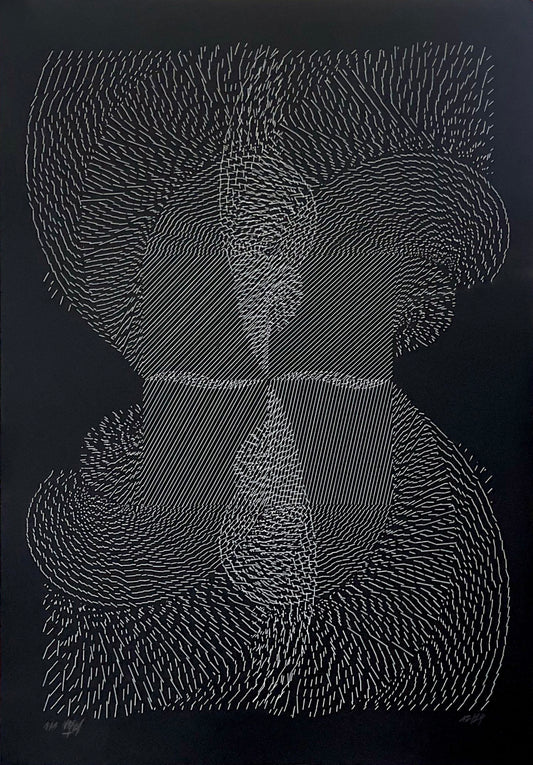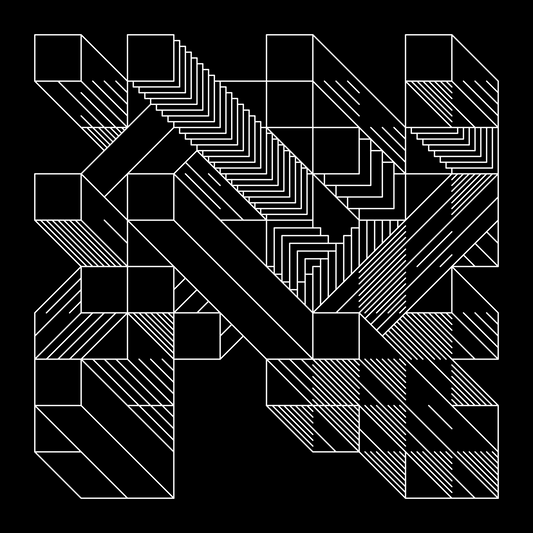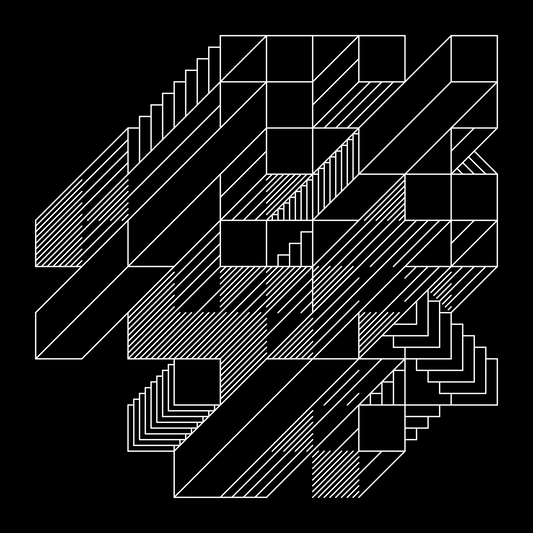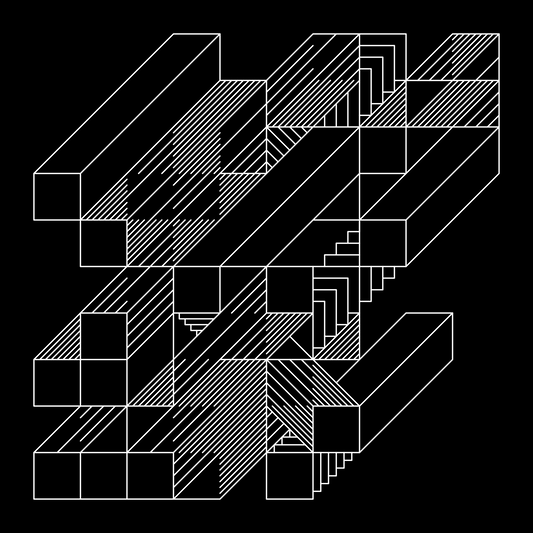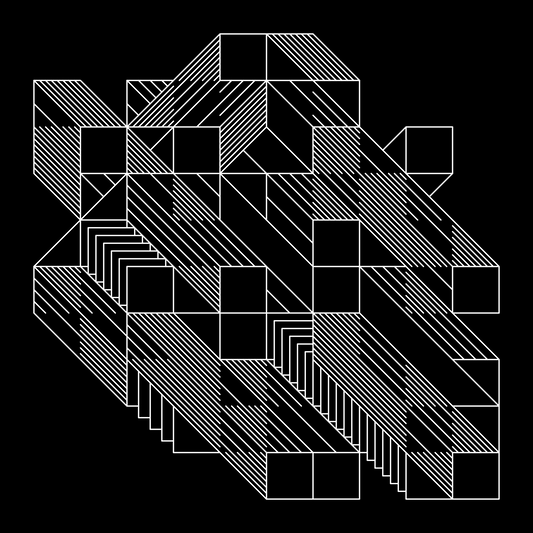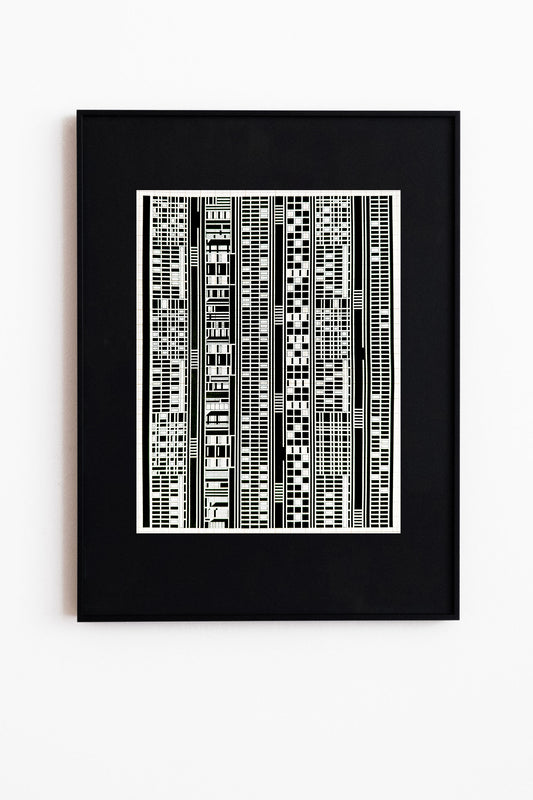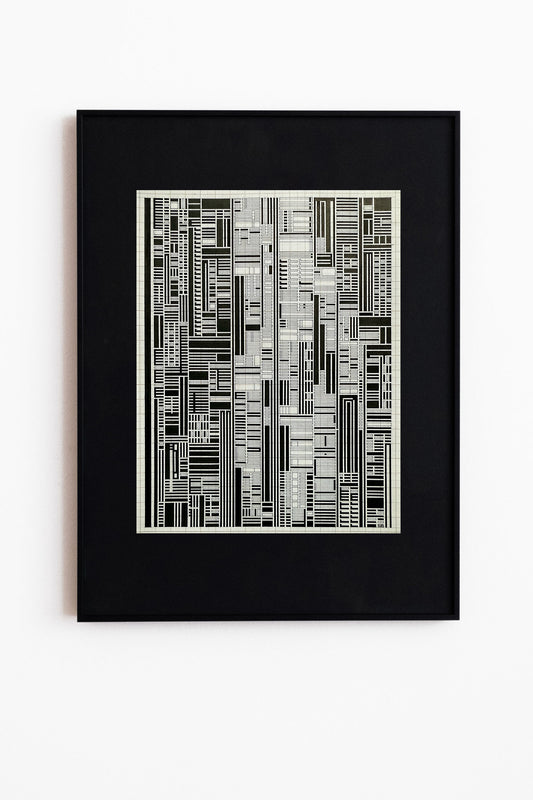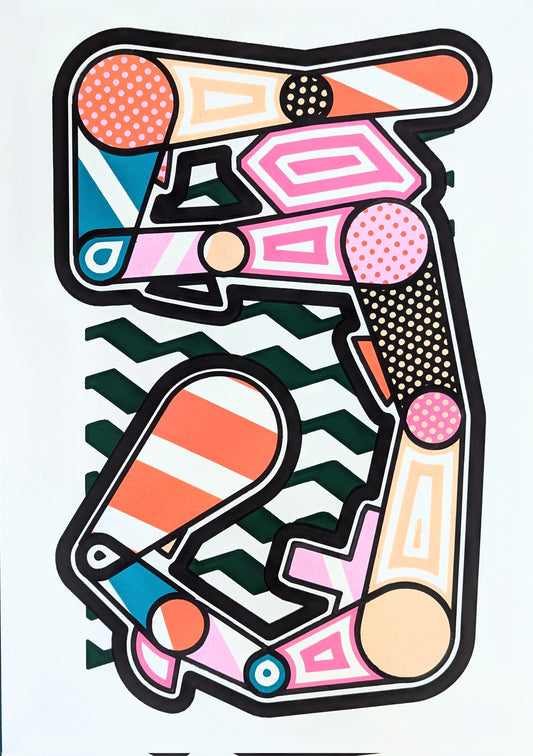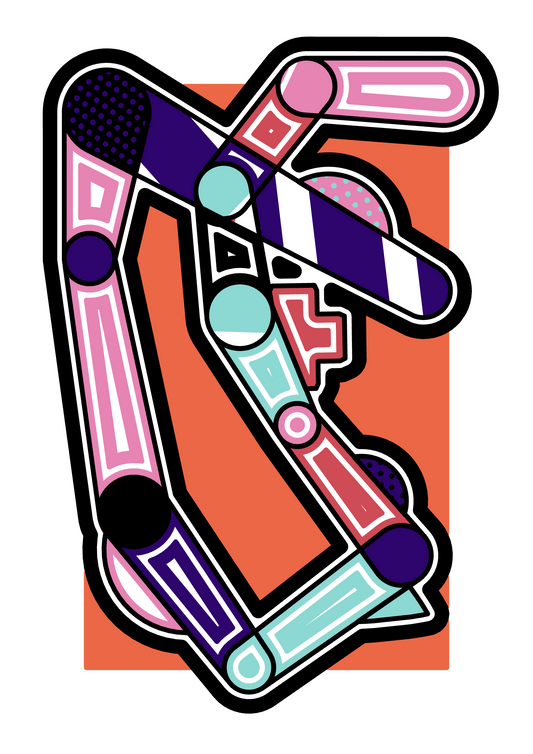From December 21, 2021 to January 2, 2022
with Gaia Azzi, Julien Espagnon, Julien Gachadoat, Chantal Matar, Ivan Murit, Pierre Paslier, Jean-Baptiste Sachsé
BIOMORPH exhibition presents the work of artists whose approach
lies between conceptual and sensitive perception. By using software and programming languages, or by creating their own tools, they experiment with forms that tend to resemble the living world.
Their devices obey algorithmic and generative rules, giving birth to a modular and protean matrix, which evolves according to the iterations of the code.
Born in the digital world, this digital material is frozen into an image, then transferred into a physical work.
The technique of printing with a robot arm such as AxiDraw, or another use of plotter, offers an additional dimension to this materialization, the tool becoming a constituent element of the work.
Their approach could be similar to the Biomorphism theorized in the 30’s; artistic practice tending to move away from a realistic representation of the living, and from pure abstraction, to give birth to organic forms that evoke nature.
However if their conceptual approach tends to the creation of a form which one could qualify of ‘biomorphic’; that it is that it is geometrical or organic, it obeys today rules of auto-generation. Indeed the use of generative, iterative or repetitive principles, allow the creation of proteiform systems having their own autonomy. In this processual invention, the artist’s intention is defined by the device and the programming; the work is as much the final realization as the process that gives it birth.
This digital morphogenesis is made possible by calculation, the use of software, modeling tools and languages used for artistic purposes (Processing, Javascript programming, Houdini XF, Mandelbulb 3D...).
They allow the production of structures defined by iterative algorithms, and fractal structures. These creations resonate in us as natural archetypes, as responding to universal principles at the origin of forms.
By a metaphorical or formal observation, digital morphogenesis presents analogies with the processes of creation of forms in nature. (1)
Indeed, the observation of the living world shows that nature tends to organize itself in ordered, geometric, symmetrical structures... with repeating patterns. (2)
«As early as 1952, Alan Turing, the founder of computer science, postulated that the shapes and patterns that appear in living organisms are based on purely physical-chemical processes of interaction between «morphogenic» substances that can be modeled mathematically.» (3)
Each artist apprehends his tools according to his conceptual approach, being situated between poetic imagination and scientific conceptualization.
The set of rules determined by the use of generative and random programming principles, lead to a totally identifiable formal plasticity, which could be likened to the artist’s ‘style’.
Taking birth in the virtual, their work tends to the creation of a materiality, by the passage between the digital world and the physical world. If the basis of the creative process is the elaboration of a digital material, it is finally transferred into real work.
(1)Nature et architecture de la morphogénèse du vivant à la création numerique, Adeline STALS (2)https://www.arts-et-metiers.net/ Morphogenèse ou la logique du développement des formes (3)https://images.math.cnrs.fr/ Les mathémathiques de la morphogénèse

